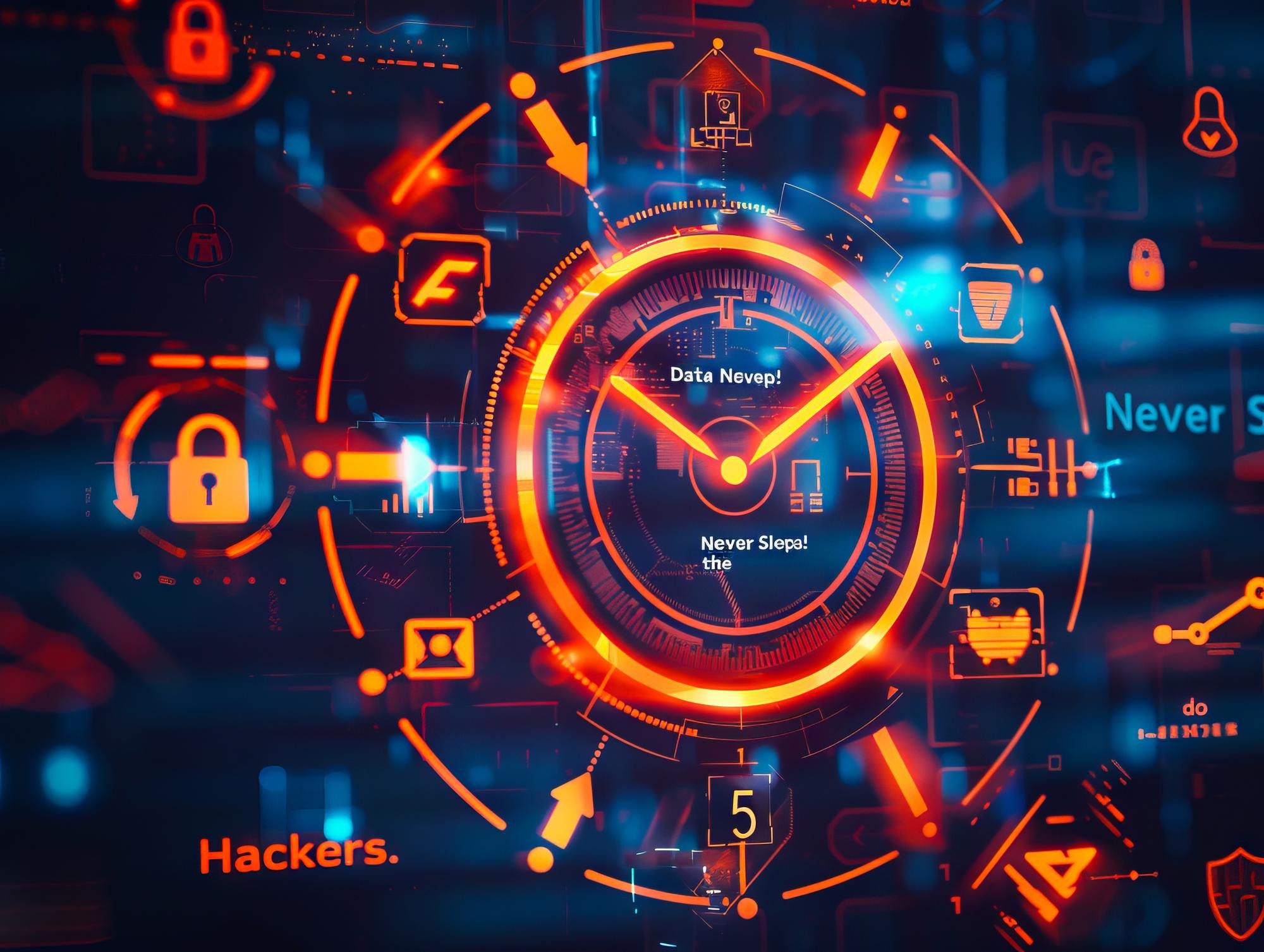
In our increasingly connected digital world, cybersecurity threats have become a prominent concern for individuals, businesses, and governments alike. Understanding these threats is the first step towards building effective defense mechanisms. Here, we’ll delve into some of the most common types of cybersecurity threats and explore how can impact you and your organization.
1. Malware
Malware, short for malicious software, encompasses various types of harmful software designed to damage, disrupt, or gain unauthorized access to computer systems. Common forms of malware include:
Viruses: Programs that attach themselves to legitimate files and spread across systems.
Worms: Self-replicating malware that spreads without human intervention.
Trojans: Malicious software disguised as legitimate software, tricking users into installing it.
Ransomware: Encrypts data and demands payment for its release.
Spyware: Secretly monitors and collects user activity and data.
2. Phishing
Phishing attacks involve tricking individuals into providing sensitive information such as usernames, passwords, and credit card details. This is typically done through deceptive emails or websites that appear to be legitimate. Spear phishing, a more targeted form, focuses on specific individuals or organizations, often using personalized information to gain trust.
3. Man-in-the-Middle (MitM) Attacks
In MitM attacks, attackers intercept and alter communications between two parties without their knowledge. This can happen through various means, such as unsecured Wi-Fi networks or compromised devices. The attacker can eavesdrop on conversations, steal sensitive information, or inject malicious content.
4. Denial-of-Service (DoS) and Distributed Denial-of-Service (DDoS) Attacks
DoS attacks aim to make a system, network, or service unavailable by overwhelming it with a flood of illegitimate requests. DDoS attacks amplify this by using multiple compromised systems to launch a coordinated attack. These attacks can cripple websites, online services, and networks, causing significant downtime and financial loss.
5. SQL Injection
SQL injection attacks occur when an attacker inserts malicious SQL code into a query, allowing them to manipulate and access the database behind a web application. This can lead to unauthorized access to sensitive data, such as customer information, and potentially the entire database.
6. Zero-Day Exploits
Zero-day exploits target vulnerabilities in software that are unknown to the vendor and have not yet been patched. Since there are no existing defenses, these exploits can be particularly damaging and difficult to defend against. Attackers use these vulnerabilities to infiltrate systems, often with significant impact before detection and mitigation.
7. Advanced Persistent Threats (APTs)
APTs are prolonged and targeted cyberattacks where an intruder gains access to a network and remains undetected for an extended period. APTs typically aim at high-value targets such as government networks, financial institutions, and large corporations, often to steal data rather than cause immediate damage.
8. Insider Threats
Insider threats involve individuals within an organization who misuse their access to harm the organization. This can be due to malicious intent, such as data theft or sabotage, or unintentional actions, like falling victim to phishing attacks. Insiders have the advantage of legitimate access, making these threats particularly challenging to detect.
9. IoT Attacks
The Internet of Things (IoT) refers to interconnected devices that communicate over the internet, such as smart home devices, wearables, and industrial sensors. IoT attacks exploit vulnerabilities in these devices, often due to weak security measures, to gain unauthorized access, disrupt operations, or launch further attacks.
Protecting Against Cybersecurity Threats
To safeguard against these diverse threats, consider implementing the following measures:
Regularly update software and systems to patch vulnerabilities.
Use strong, unique passwords and enable multi-factor authentication (MFA).
Educate employees and users about recognizing and responding to phishing attempts and other common threats.
Deploy firewalls, anti-malware software, and intrusion detection systems to monitor and protect network traffic.
Back up data regularly and develop a comprehensive incident response plan.
Understanding the different types of cybersecurity threats and adopting robust security practices can significantly enhance your defense against cyberattacks. Stay vigilant, stay informed, and prioritize cybersecurity in every aspect of your digital life.

